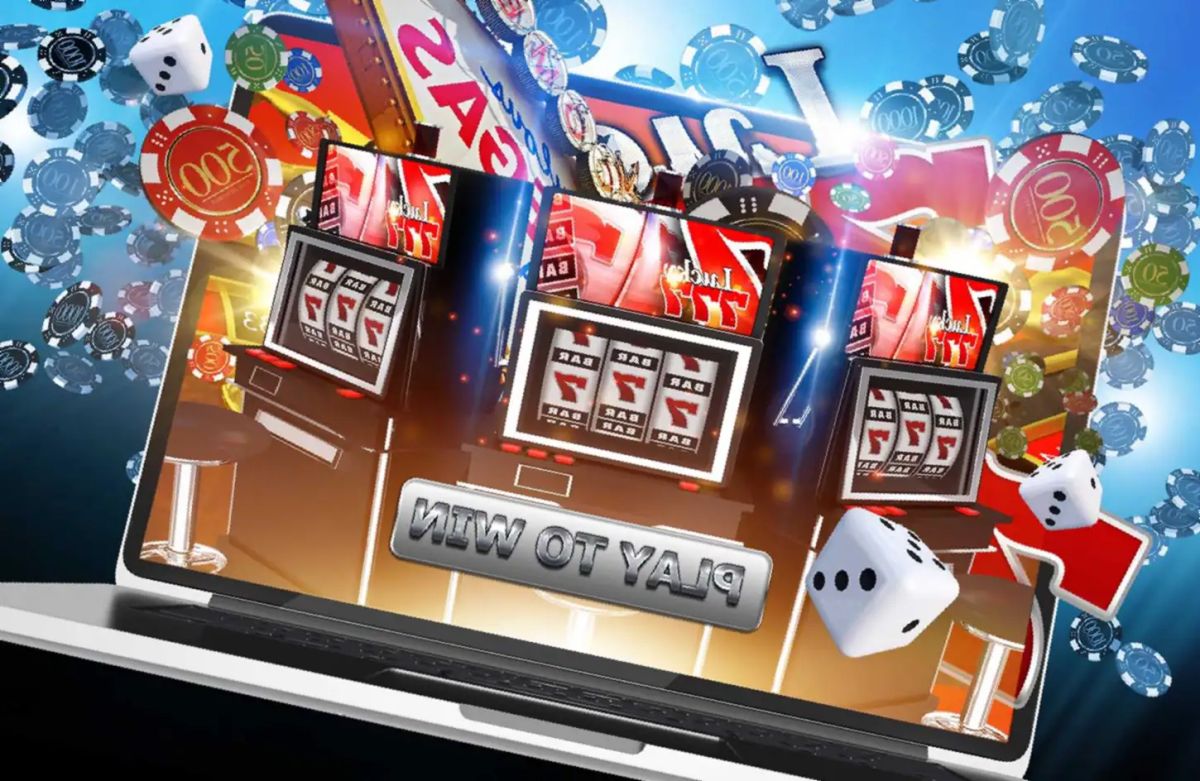
The realm of gambling games has long enthralled participants with its blend of thrill, tactics, and the suspense of chance. With technology progresses and the gaming landscape evolves, an new approach known as game mechanics has commenced to transform the way we experience these classic activities. By incorporating game-like features such as tasks, rewards, and monitoring advancement, gamification raises participant involvement and changes the old-fashioned casino atmosphere into a more dynamic and inviting space.
Gamification in casino entertainment not only attracts to experienced gamblers but also invites a fresh group of players who want a more immersive adventure. Featuring features that encourage involvement and build community among participants, the gamified features infuse fresh energy into cherished classics like poker, blackjack, and fruit machines. In we dig deeper into this phenomenon, we will explore how gamification is transforming the casino experience, making it far inclusive, enjoyable, and beneficial for everyone participating.
Understanding Gamification
Gamification is the utilization of game-like elements in non-game contexts to boost player involvement and experience. In the world of gaming, this idea has gathered considerable attention, transforming classic gaming into a more engaging and rewarding adventure. By integrating features such as tokens, stages, and benefits, casinos can build an atmosphere that motivates players to participate more often and for longer periods.
At the center of gamification is the urge to tap into the intrinsic desires of players. Gaming experiences that employ gamification techniques are designed to not only amuse but also to encourage rivalry and achievement. Players are often drawn to the instant feedback and progress tracking that these elements provide. This not only maintains them engaged but also cultivates a sense of accomplishment as they achieve goals and reveal new aspects.
Additionally, gamification can enhance community interaction among players, cultivating a social atmosphere that improves the pleasure of gaming experiences. Features such as ranking systems, group contests, and teamwork activities allow players to engage with fellow players, share stories, and battle in a friendly manner. This community element adds another dimension to the adventure, allowing it to be even more captivating and enjoyable for players.
Influence on Gamer Interaction
Gaming techniques strategies in casino games have significantly altered the way users connect with their favorite pastimes. By adding features such as prizes, scoreboards, and accomplishment icons, gaming platforms create an environment that encourages a more profound bond between players and the experiences they enjoy. This improved engagement results to longer gaming time and increased player loyalty, as players strive to unlock new levels or receive special bonuses.
Moreover, the interactive feature of game-based casino games cannot be ignored. Several platforms allow gamers to challenge against friends or fellow players, which adds a level of excitement and friendship. This rivalry drives engagement by accessing into players’ competitive instincts, prompting them to return for more in order to raise their standings or display their achievements. As a result, the connections between players foster a spirit of belonging that motivates players to play again.
Furthermore, the instant responses and validation provided by gamification serve to encourage gamers. It may be a alert of a recent accomplishment or the excitement of earning a prize, these quick recognitions play a crucial role in maintaining interest. By continually providing players for their participation, casino games become more than just a pastime; they develop into an interactive experience that entices users and improves their overall experience.
Trends in Casino Game Design
The entire landscape of casino game design is regularly evolving, driven by tech innovations and shifting player preferences. https://good88b.io/ One notable trend is the integration of immersive technologies, such as VR reality and augmented reality, to enhance the gaming experience. These technologies create a more captivating environment, allowing players to perceive as though they are in a physical casino, which can lead to prolonged play sessions and heightened player satisfaction.
Another trend is the inclusion of storytelling elements into casino games. Game designers are concentrating on narratives to create a stronger connection between the player and the game. This story-centric approach not only makes the games more enjoyable but also encourages players to invest emotionally, which can enhance their complete experience. By combining traditional gaming mechanics with captivating stories, developers are drawing in a broader audience who may not have previously engaged with casino games.
Lastly, the growth of multiplayer features is reshaping how players interact with casino games. Many games now feature social elements, such as broadcasting achievements or competing with friends, to promote social interaction and engagement. This trend reflects a move towards a more interactive experience, where players can link with others, sharing their excitement and struggles. As casinos adapt to these social dynamics, the act of gaming becomes not just about solo play, but also about building connections among players.
